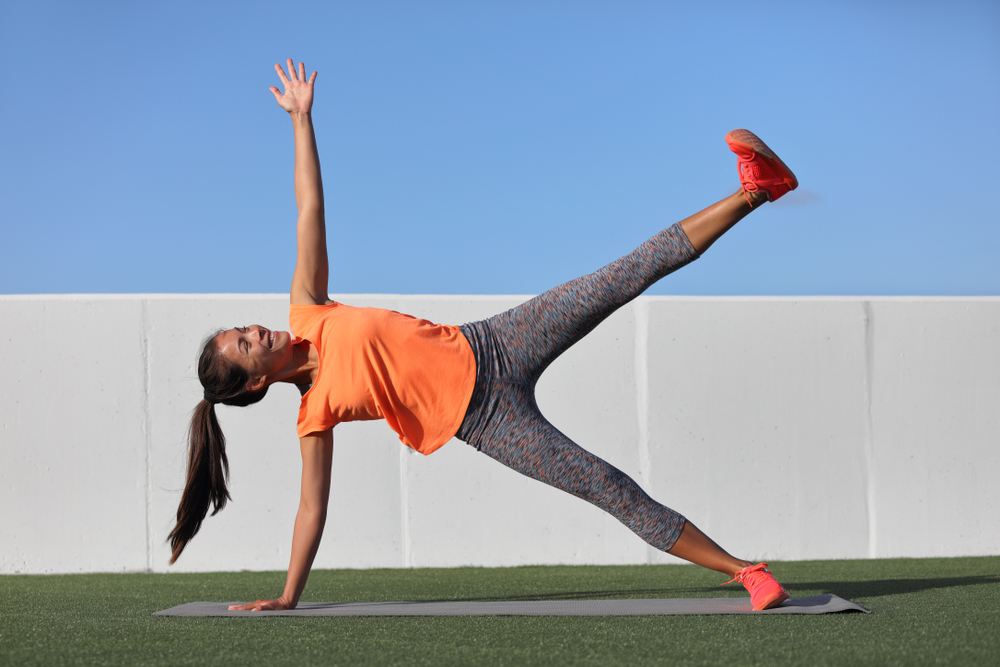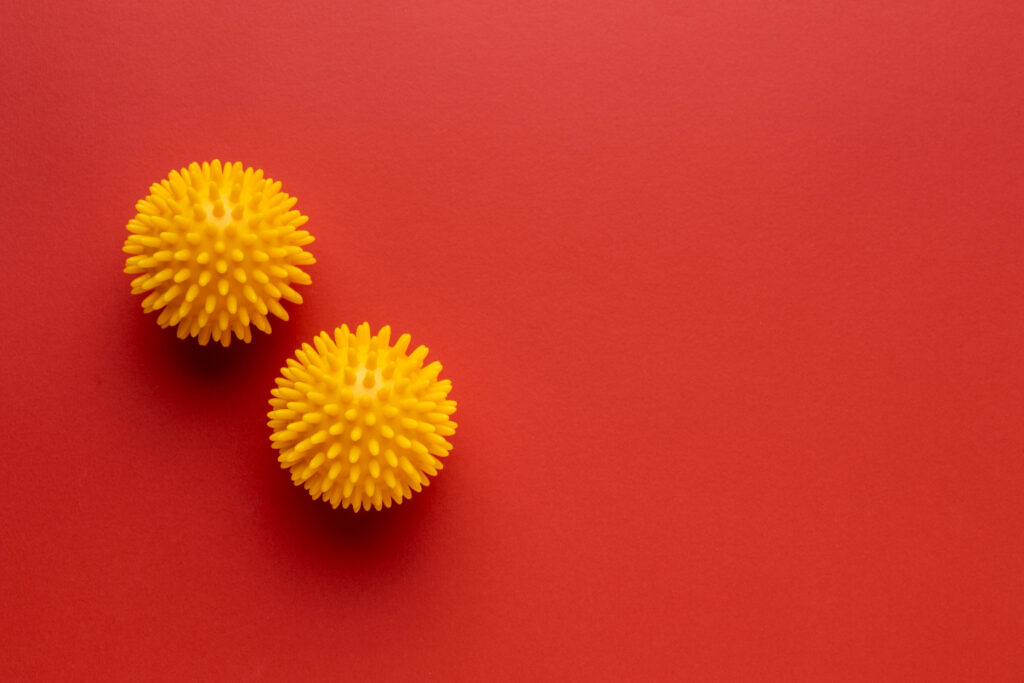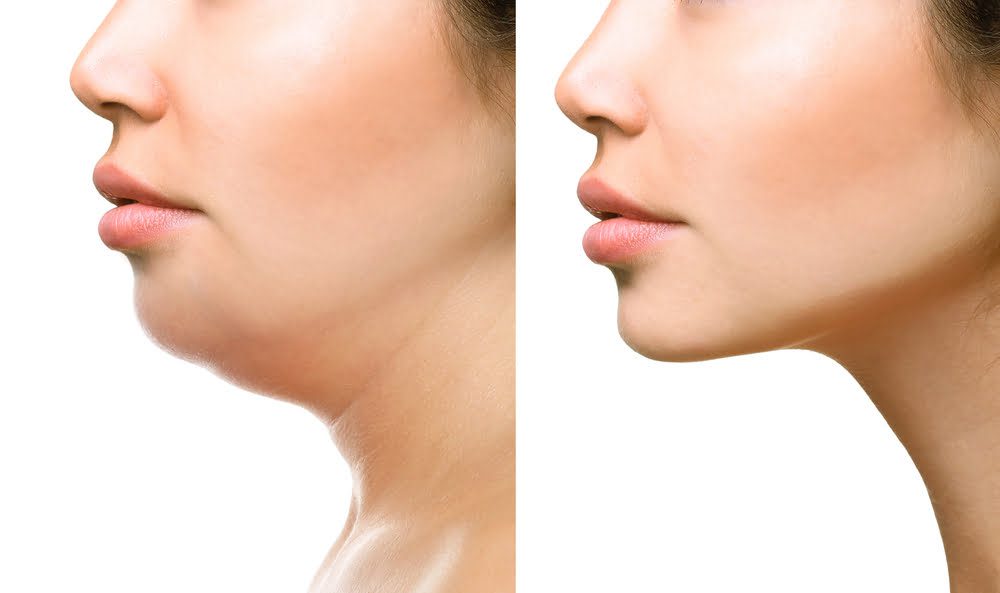Crossing our legs is a very common gesture that we do every time we sit down. It is not that this position is not recommended, but maintaining it for many hours can end up affecting the health of our back and postural hygiene in the long term.

Some Advices on the Consequences of Sitting Cross-legged.
- The ideal posture is always sitting with both legs on the seat , while our back is properly supported on the backrest.
- This gesture, which we have so unconsciously integrated, can create decompensations by lateralizing our body much more, which can generate lower back pain or sciatica.
- To correct this habit, one tip is to get up every once in a while and take short walks . It will help us improve circulation , that venous return that exists from the legs to the rest of the body.
- Performing strengthening and stretching exercises for the lower body is a fundamental aspect. Here we bring you some ideas so you can integrate them into your routine.
How we reviewed this article:
Our team of experts is always monitoring the health and wellness field, ensuring that our articles are updated promptly as new information emerges. See Our Editorial Process
May 13, 2025
Written By: Hannah Shine
Written By: Hannah Shine

 Workout
Workout
 Meditation
Meditation





 Contact Us
Contact Us











